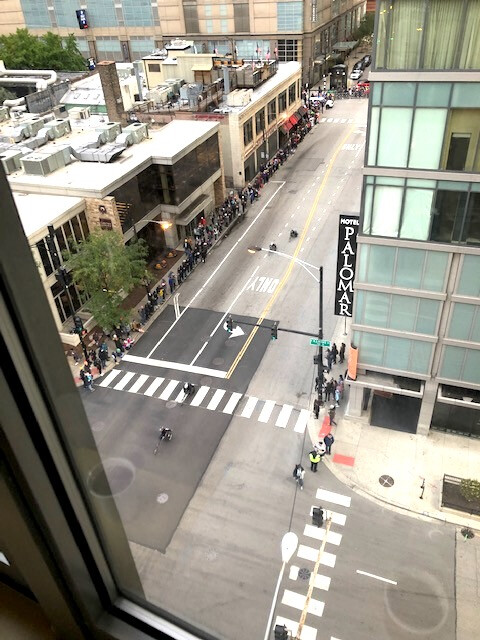Communion Matters XX: World Mission History Primer

(I commend The Lost History of Christianity by Philip Jenkins of Baylor)
- The New Testament makes it clear that the Gospel is to go to the ends of the earth. In the first centuries A.D. this was made easier by the roads and sea-lanes of the Roman Empire. From the earliest period, Churches were planted in south India and Ethiopia (the latter claiming, more fancifully, to reach back to the time of the Queen of Sheba).
- Many of the early Churches beyond the Empire were ‘non-Chalcedonian’, which means they took positions of the nature of Christ contrary to orthodoxy (we will call this the ‘first wave’ of world mission). They followed the trade routes to Persia, the silk road, and China. Google ‘the Nestorian stone’ for an example of an artefact from the latter.
- Many of these Churches did not survive the wave of nascent Islam in the seventh century onward. In fact Islam came to surround Europe in the Middles Ages; this limited the access and knowledge that Christians had of the wider world. It is only in the 15th century on, with new exploration, that this came to change.
- A great work of mission theology is the history of Christianity in England by the Venerable Bede, who wrote in the 8th century, and described how Augustine and other saints brought the Gospel to the Saxons. For example he quoted Pope Gregory’s advice to Augustine to destroy the pagan temples and festivals and then establish Christian churches and feast days on the same places and times.
- The second wave was in the 16th century on, with the Roman Catholic orders. Most creative were the Jesuits- to understand them and their determination to adapt to local culture as they sought long-term conversion, watch movies like ‘The Mission,’ ‘Silence,’ and ‘Black Robe.’ But these missions too were limited by factors like malaria in Africa.
- You would think that the Reformers with their emphasis on preaching the Word would be great missionaries, but in the beginning they were pre-occupied with the conflicts in Europe.
- This began to change with the traders in the 18th century, for example the east India Trading Company. They began with a chaplaincy to expatriates, but this eventually expanded to local people, for example in India. This set the stage for the launching of the ‘great century’ (the 19th) of Protestant mission societies.



